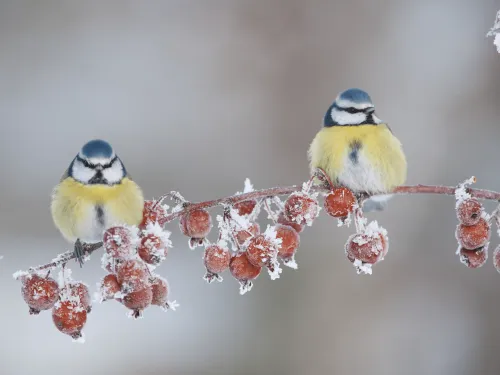
Create a wilder garden this winter
Wilder Gardens Officer, Ellen Tout, talks about her favourite parts of the winter garden and what you can do to make your space a sanctuary for wildlife.
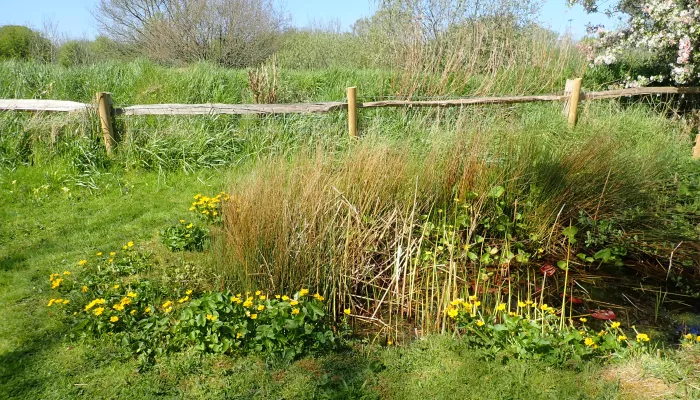

Flooded garden © P Brook
Two of our favourite damp-loving plants are Marsh-marigolds (Caltha palustris) and Lady’s-smock (Cardamine pratensis), both of which are on the RHS Plants for Pollinators: British wildflowers list.
We really look forward to seeing them in early spring. They both have so many common names that we feel that over centuries, other people must have felt a real connection to them as harbingers of spring and a sign of better times to come. In his Flora Britannica, Richard Mabey says that Cuckooflower is the ‘approved’ common name. Other lovely names include Milkmaids, Fairy-flower and May flower.
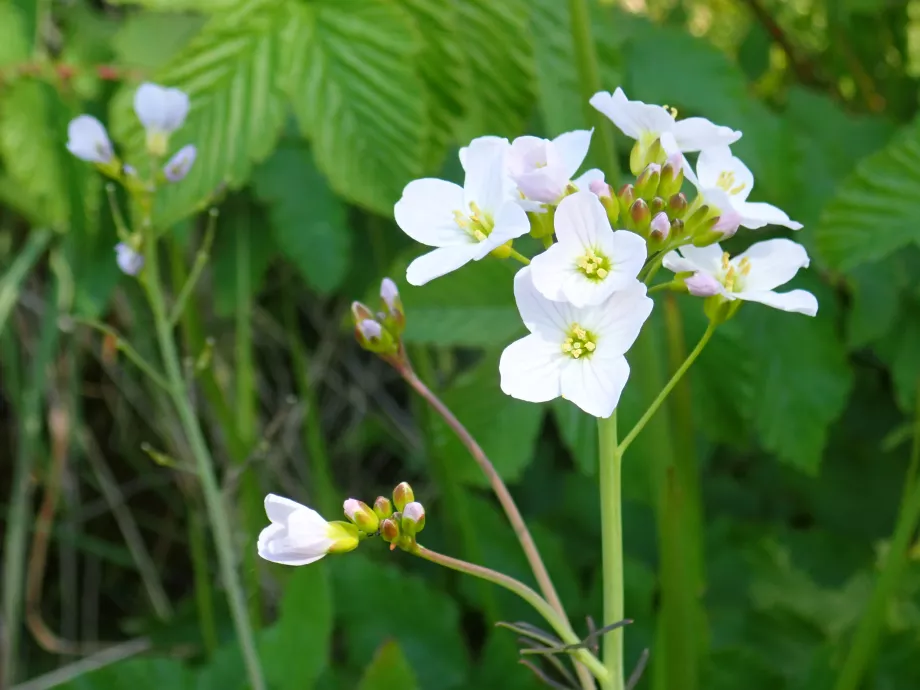
Lady’s-smock © P Brook
Marsh-marigolds were also known as Kingcups and Mayflowers. The Marsh-marigold also has more comic-sounding names, such as Molly-blobs, Gollins and the Publican. The abundance of names reflects the fact that these plants were once a common sight; sadly, they have become more scarce as so much land has been drained over the last century. It is good to make room in our gardens for these lovely plants, particularly as they are so valuable for early insects. Marsh-marigolds provide early pollen and nectar, and Lady’s-smock is a food plant for the larvae of the Orange-tip butterfly, along with other cruciferous plants, such as garlic mustard and honesty.
Ragged-Robin (Lychnis flos-cuculi) is another damp-loving plant that has declined owing to drainage. Its delicate blooms add grace to any garden during the summer and it is also included in the RHS Plants for Pollinators: British wildflowers list.

Orange-tip butterfly on Ragged-Robin © P Brook
In our garden, we find that Marsh-marigolds, Lady’s-smock and Ragged-Robin all do very well in the damp ground next to our wildlife pond rather than being planted actually in the water. Kent Wildlife Trust’s website includes useful tips on how to make a bog garden and how to build a pond.
If you have enough space in your damp area, you might also want to consider planting a Pussy-willow. In its wildlife gardening tips for the year Butterfly Conservation highlights the importance of willow trees and bushes as very early sources of pollen which is collected and stored by queen bees to feed their offspring later in the year.
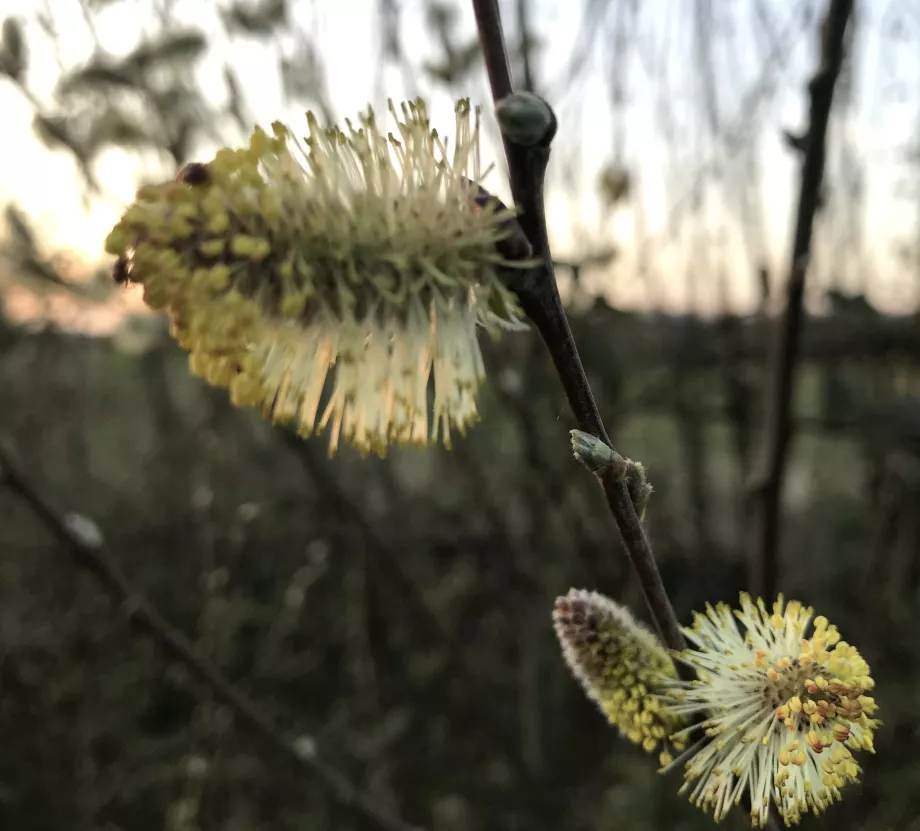
Pussy willow © P Brook
If you don’t already have any of these lovely plants in your garden, we hope that you will be encouraged to grow them and enjoy their beauty and the wildlife that visits them for many years to come.
Kent Wildlife Trust’s ‘Wild about Gardens’ scheme is offering advice to gardeners in Kent by telephone this year. Visit our website to enter your garden into the scheme and our trained WAG volunteers will do their best to answer your questions.
Action for Insects - Find out how we are tackling insect decline and how you can help.

Wilder Gardens Officer, Ellen Tout, talks about her favourite parts of the winter garden and what you can do to make your space a sanctuary for wildlife.
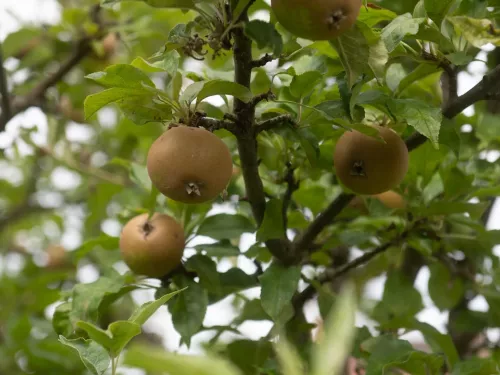
Typically, most gardeners and farmers grow annual vegetable crops – those that are sown, planted, and harvested within one growing season. But perennial fruit and vegetables, which grow and produce food for many years, are becoming increasingly popular.…
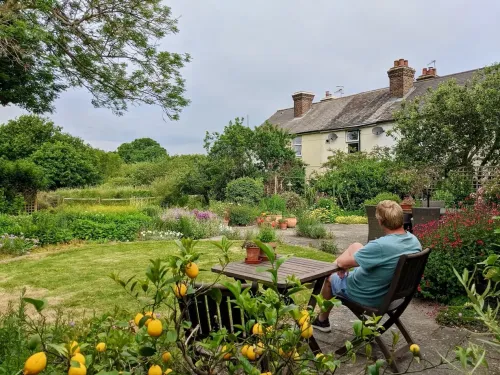
Volunteer Wild About Gardens Advisor Penny Brook takes us on a journey through her garden to share how they create a flower-filled haven for both people to relax and wildlife to flourish.